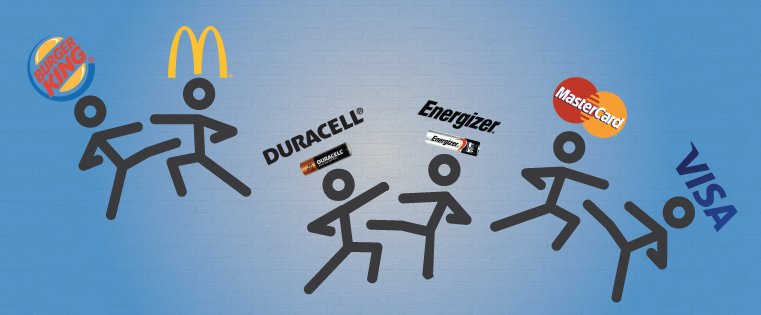 With European CIOs and business tech buyers adjusting their spending plans, thanks to slowly improving market conditions, getting yourself on their radar will be a critical first step to securing those all-important 2014 project budgets.
With European CIOs and business tech buyers adjusting their spending plans, thanks to slowly improving market conditions, getting yourself on their radar will be a critical first step to securing those all-important 2014 project budgets.

The good news is that thousands of companies have made it into Europe, and there’s no reason why you shouldn’t either. Or, perhaps you’ve been waiting for the timing to be right before building market awareness, developing brands and generating business.
Developing a strategy of where to start your European conquest depends in part on the location of your primary markets and whether you can take advantage of existing local partnerships that can be utilized to make a splash.
Germany is often viewed as the first point of entry for many U.S. businesses. After all, it’s the third largest economy in the world, the largest European market and is traditionally seen as a doorstep into Eastern Europe. What’s more, Germany plays host to the most and the largest trade shows in Europe (and the world, for that matter).
Others find it easier to kick off in the UK or Ireland — for language reasons — before making the transfer into continental Europe. This approach involves selectively identifying which markets to build awareness in first before developing a PR and marketing timeline that dovetails perfectly with commercial on-the-ground activities.
For others, the best approach is to initially position themselves in the Benelux countries — the Netherlands, Luxembourg and Belgium — a combined market that’s on a par with Germany in terms of scale and sophistication.
One thing is for sure. With a population of 500 million people spread across 27 countries, the EU represents a huge potential market that’s hard to ignore. However, if your strategic goal is to develop a strong and uniform European brand, then your business and PR tactics will need to adapt to suit the differing needs of the media and other audiences in a range of countries.
It is not enough to consider the diverse working cultures in existence across Europe, including the two-hour lunch breaks in Italy, the legally shortened workday in Spain during the summer that requires organizations to conclude business by 3:30 p.m. and the very formal address standard adopted in Germany and Eastern European countries that differs from the far more relaxed “first-name” approach used in the UK.
Many companies launching into the European market often make the common mistake of assuming that a “one-size-fits-all” approach with the media will work. This fails to recognize or respect the fact that the media in each region has very different interests and requirements, which can make or break the success of a PR program.
For example, while product news often resonates well in France, in Germany the opposite can be said. In a similar vein, editors in the UK have a far wider range of geographical interest and are much more receptive to customer success stories from the rest of Europe — and the world — than reporters in Sweden, let’s say, who only want to hear about home-grown successes.
Other considerations relate to the current state of play within an individual country’s economy. With the economic downturn in Europe, the media landscape has been dramatically impacted in a number of markets. Spain, for example, has been hit especially hard; some editorial teams were reduced to a single editor and a couple of reporters. As a result, they simply do not have the time to commit to press interviews, though they accept contributed articles gratefully.
Finally, in this plethora of markets, it pays to know where exactly your marketing and PR budget will deliver the best results. Because the Euro is the dominant currency in Western Europe, you need to be mindful of the fact that the cost of PR programs can vary considerably from country to country — with Germany, for example, being one of the most expensive.
For this reason, it’s simply impractical to consider outlaying the same budget per target geography and expecting to get the same “bang” for your buck. In short, while you need to think “pan European,” it ultimately pays to act country by country.









